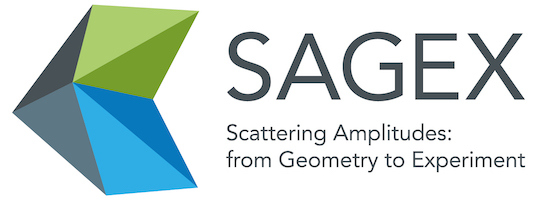“On-shell techniques for Effective Field Theories”
Manual A. Huber’s thesis
Link to PDF
Abstract
In this thesis I explore a wide range of applications of the so called on-shell methods to Effective Field Theories of gravity and the Standard Model. I will first focus on the tree- level and restrict my attention to four space-time dimensions where the use of spinor- helicity formalism allows for very compact expressions of gauge-invariant quantities as well as the simple classification of contact interactions from the assumptions of locality, Lorentz-invariance and little-group covariance. I discuss how to use unitarity to combine these contact terms into higher-multiplicity tree amplitudes and non-minimal form factors, providing an algorithm which makes only use of on-shell seeds but at the same time is applicable to any given EFT of massless particles. The tree-level results obtained in this first section provide then the necessary input for the results obtained in the remainder of the thesis, where unitarity and generalised unitarity is used to obtain loop-results from trees. In particular, I first discuss the computation of the one-loop mixing matrix of the full set of mass-dimension eight operators in a Standard Model EFT setting and then move on to applications in the context of gravity. Here, amplitudes techniques are used to extract classical information hiding in the perturbative expansion of gravitational theories beyond leading order. More specifically I will consider higher-derivative interactions involving powers of the Riemann tensor and study their effect on observables such as the bending angle and the time delay in a light particle deflection process. I also consider the interactions of heavy binaries mediated by such operators and study their impact on the power radiated through gravitational waves. Finally I discuss how to use six-dimensional spinor-helicity to bypass intrinsic limitations of the four-dimensional unitarity calculations, generalising known techniques for amplitudes to the case of form factors.
Funded in part by the European Union’s Horizon 2020 Framework Program under the Marie Skłodowska-Curie grant agreement No. 764850 (SAGEX).
 |
 |